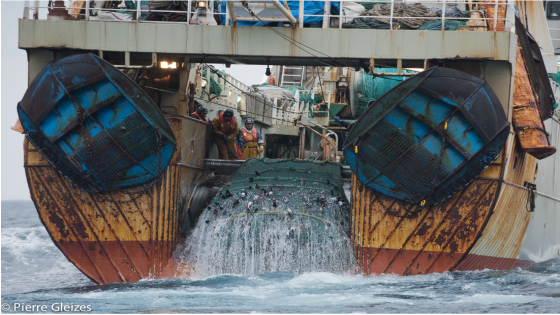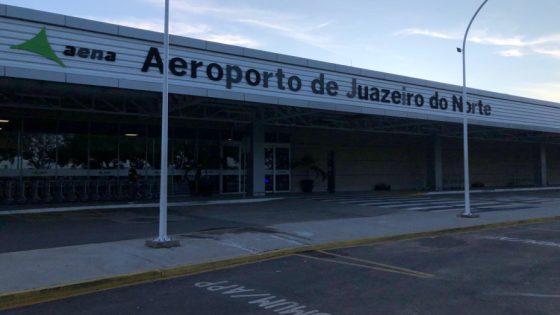On February 26, 2025, Vesalius announced that it will close half of its campuses due to a declining number of students. Why are these closures happening? The decision is influenced by several factors beyond just enrollment numbers.
- Locations chosen based on multiple factors
- Declining student numbers impact closures
- High operational costs influence decisions
- Building conditions affect closure choices
- Regional distribution considered in planning
The rising costs associated with maintaining educational facilities have made it unsustainable for some locations to continue operating. This includes expenses like rent and utilities.
Why Are Educational Institutions Like Vesalius Facing Campus Closures?
Could financial pressures be forcing schools to make tough choices? As seen with Vesalius, the combination of fewer students and rising operational costs has led to significant changes in their campus strategy.
The Impact of Rising Costs on Education Facilities
The closure of campuses often stems from a mix of financial constraints and logistical issues. For Vesalius, key considerations included:
- High rental prices for educational spaces
- Increased cleaning and maintenance expenses
- Poor condition of some buildings
- Lack of collaboration opportunities in certain regions
The Role of Student Enrollment Trends in Campus Decisions
A decline in student enrollment is a major factor influencing campus closures. Schools must adapt to shifting demographics and market demands. It’s essential for institutions like Vesalius to evaluate how many students they can realistically serve at each location.
Understanding Regional Distribution Challenges for Schools
Certain areas may not attract enough students due to various reasons such as competition or lack of interest in specific programs. For instance, if a region has limited career prospects related to nursing, fewer students might enroll in nursing programs offered there.
The Future: What Lies Ahead for Educational Institutions?
The future holds uncertainty for many schools facing similar challenges as Vesalius. Will they find innovative solutions or face more closures? Educational leaders must strategize effectively while considering both current trends and future needs.
This situation serves as a reminder that education systems worldwide must remain adaptable amidst changing economic landscapes.

































